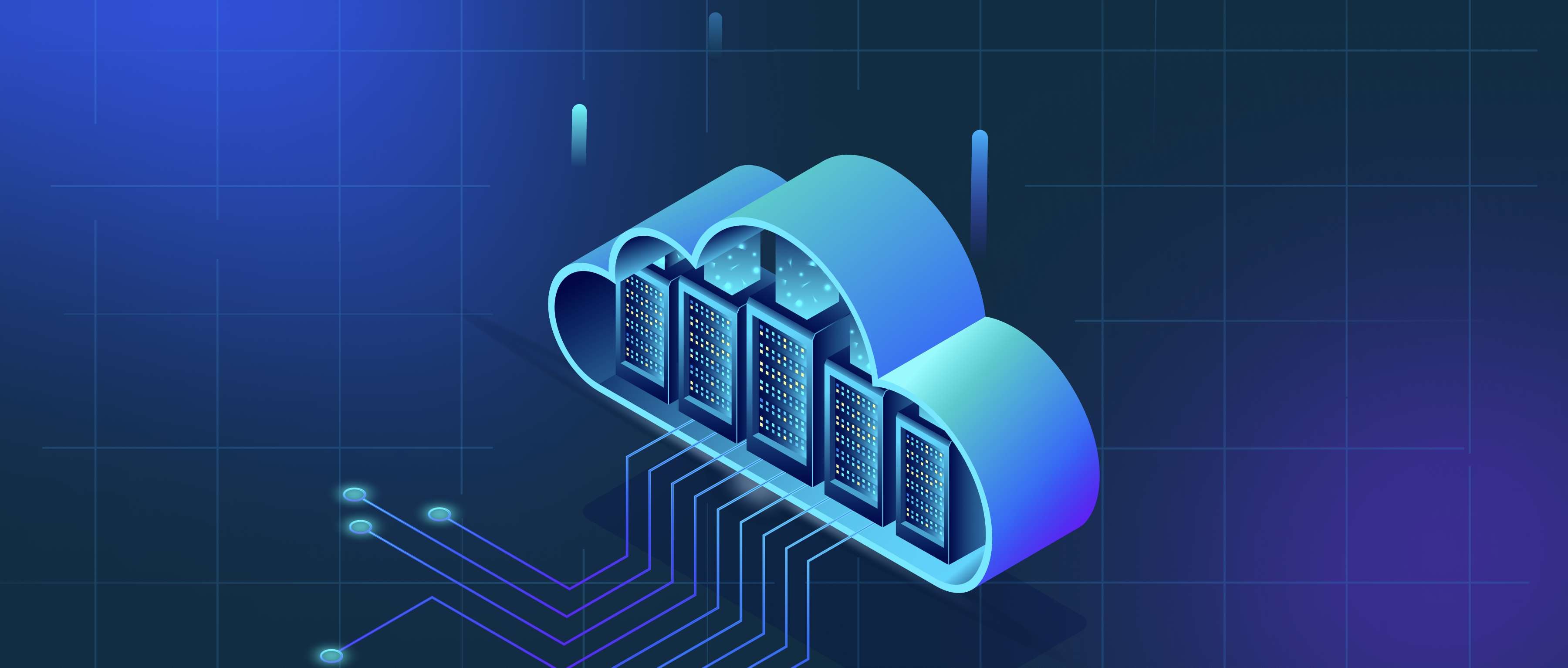Computer vision has transformative potential in healthcare, enabling applications like medical imaging analysis, disease diagnosis, and surgical assistance. It is used in radiology to detect anomalies in X-rays, MRIs, and CT scans with high accuracy, aiding early diagnosis of conditions like cancer or fractures. In pathology, computer vision automates the analysis of tissue samples, identifying patterns that may indicate disease. Surgical robots equipped with vision systems enhance precision during procedures. Additionally, computer vision powers patient monitoring systems, ensuring safety in hospital settings. These advancements improve efficiency, accuracy, and patient outcomes in healthcare.
What role can computer vision play in health care?

- Getting Started with Zilliz Cloud
- Exploring Vector Database Use Cases
- Natural Language Processing (NLP) Advanced Guide
- Evaluating Your RAG Applications: Methods and Metrics
- Vector Database 101: Everything You Need to Know
- All learn series →
Recommended AI Learn Series
VectorDB for GenAI Apps
Zilliz Cloud is a managed vector database perfect for building GenAI applications.
Try Zilliz Cloud for FreeKeep Reading
What is the future of NLP?
The future of NLP is shaped by advancements in model architectures, training techniques, and integration with other AI d
Can users influence which sources DeepResearch uses or provide it with specific starting points for research?
Yes, users can influence the sources DeepResearch uses or provide specific starting points for research, though the exte
How do document databases handle schema changes?
Document databases handle schema changes by allowing a flexible and dynamic approach to data structure. Unlike tradition